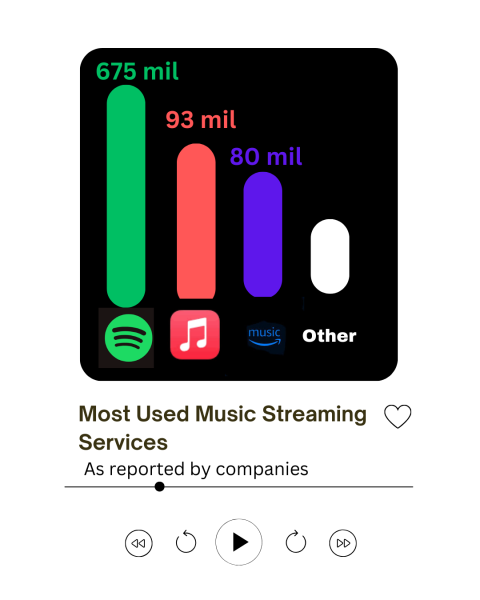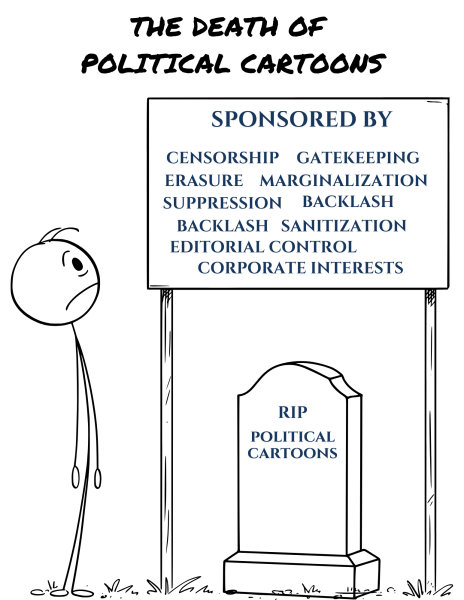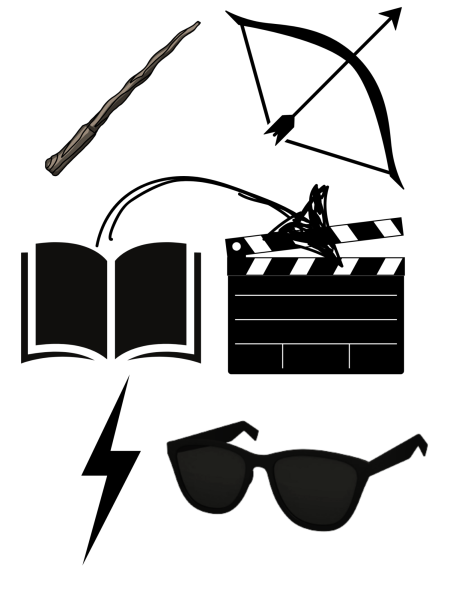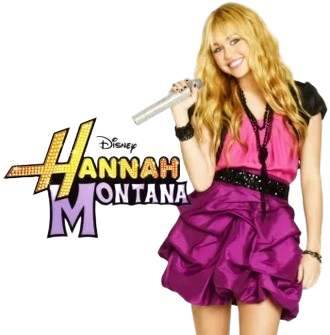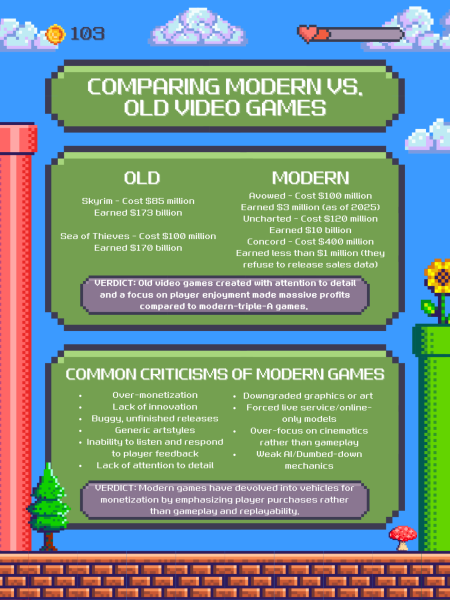It’s Time to Turn the Page
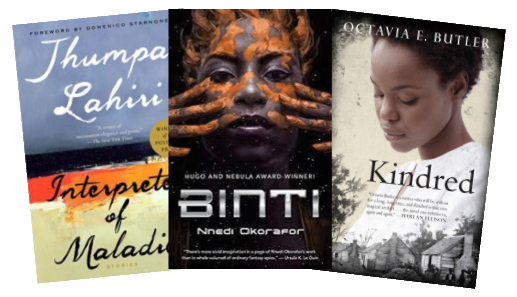
The incomparable Maya Angelou once said, “in diversity, there is beauty, and there is strength.” I imagine that many high school students and teachers would agree, so why does our English curriculum literally remain stuck in the Dark Ages?
Time and time again, the books that are elevated to the highest pedestals in high school English classes are those written by white men who lived centuries ago. A massive 1988 study from the Center for the Learning and Teaching of Literature found that 82.8% of the required reading books taught by high schools were written by male authors while 98.1% were written by white authors.
Seven presidents, 12 iPhones, and 33 years later, high schools across America have made significant progress in diversifying their required reading lists, but not nearly enough.
An analysis of the 79 books listed under Libertyville High School’s “Reading List” online finds that roughly 70% of the books in the English curriculum are written by white authors, and 76% are written by male authors. While female authors were underrepresented at similar rates across classes, the level of racial diversity in LHS reading lists tended to differ greatly from class to class, with some courses having no authors of color listed while others balanced a greater number of perspectives.
Far from being confined to one school or one region, this disturbing lack of representation in high school English curricula is reflected in most schools nationwide. For example, a 2019 study analyzing books taught in New York City classrooms found that “the authors of books in commonly-used elementary school curriculum are, on average, 84 percent white” despite the fact that students of color compose 85% of the city’s public school students.
Detractors often dismiss the need for more diversity in English curricula with claims that the books being taught today are exemplary pieces of literature that all students can appreciate and learn from. However, these arguments not only misinterpret the goals of organizations such as We Need Diverse Books, but they also ignore decades of research in the field of pedagogy.
First of all, creating a required reading list that actually reflects the demographics of the United States doesn’t mean that classics such as “Macbeth” or “Fahrenheit 451” will be forgotten. Rather, students will be able to gain a better appreciation for the perspectives of Shakespeare and Ray Bradbury by being able to compare their writings with those of authors who differ greatly from the traditional Western canon in their backgrounds and beliefs.
For example, in a classroom where students are exposed to both James Baldwin’s “If Beale Street Could Talk” and F. Scott Fitzgerald’s “The Great Gatsby,” they would hypothetically be able to discuss the ways in which both novels expertly dismantle the idea of American meritocracy. More importantly, students could then analyze how each author utilizes rhetorical devices to develop their unique stances on how deeply these injustices penetrate the lives of their characters and if they can be fought against.
Of course, the process of adding more diverse books to required reading lists would inevitably result in some staples of the English curriculum being placed on the chopping block. However, this may be for the best. After all, “The Scarlet Letter” and “Lord of the Flies” don’t have the best track records when it comes to student engagement or relatability.
An effort to diversify reading lists would inspire a serious examination of why some books remain lauded as essential reading despite the fact that even the most dedicated students have trouble connecting with their themes on any meaningful level. Under this rehaul, the so-called classics would have to survive on their merit instead of their reputation. Meanwhile, authors such as Nnedi Okorafor, Octavia Butler and Jhumpa Lahiri could finally be recognized in American classrooms for their contributions to the modern literary landscape.
In addition to enriching the overall quality of a curriculum, numerous studies have found that diversity in English curricula is linked with higher rates of student engagement. A report from the NYC Coalition for Educational Justice even discovered that “for students of color and white students, culturally responsive education decreases dropout rates and suspensions, and increases grade point averages, student participation, self-image, critical thinking skills and graduation rates.”
The simple fact of the matter is that seeing oneself and one’s experiences reflected in a book can make all the difference when it comes to engaging with a text and understanding the author’s purpose. More powerful still, increasing representation within required reading lists can let an individual know that they are a valued member of their school’s community and can alleviate feelings of social isolation.
Who knows? These students may even be inspired to write stories of their own, stories that will allow the next generation to explore thousands of beautiful new worlds.
I’ve always felt that the value of books resides in their power to create fictional worlds that we can step into in order to better understand our own reality. However, if we are consistently limited to the same patch of space in an ever-expanding universe, our sense of ourselves and society is bound to be hollow or ignorant.
It might be difficult to let go of some of the cultural touchstones that have so long been heralded as the peak of literary achievement, but if we truly care about the mental health of students and the quality of their literary education, then there is no doubt that we must continue to diversify required reading lists across the country.



